Science Meets Longevity
I’ve been asking the same question for a long time:
Why do we age, and can we fight it?
This site is my way of chasing the answers and sharing the tools, insights, and science I find along the way.
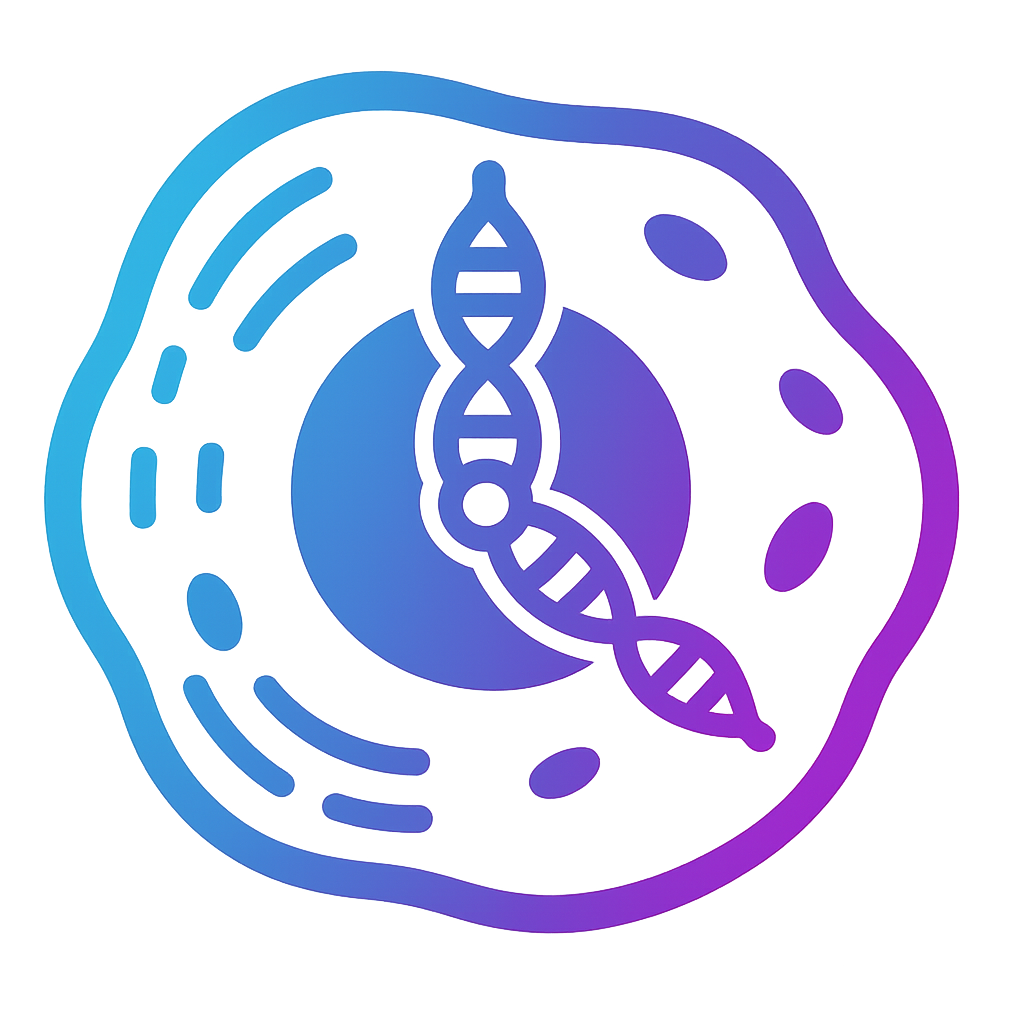
Journey Into the Biology of Time
I’ve been asking the same question for a long time:
Why do we age, and can we fight it?
This site is my way of chasing the answers and sharing the tools, insights, and science I find along the way.

Journey Into the Biology of Time
I’ve been asking the same question for a long time:
Why do we age, and can we fight it?
This site is my way of chasing the answers and sharing the tools, insights, and science I find along the way.
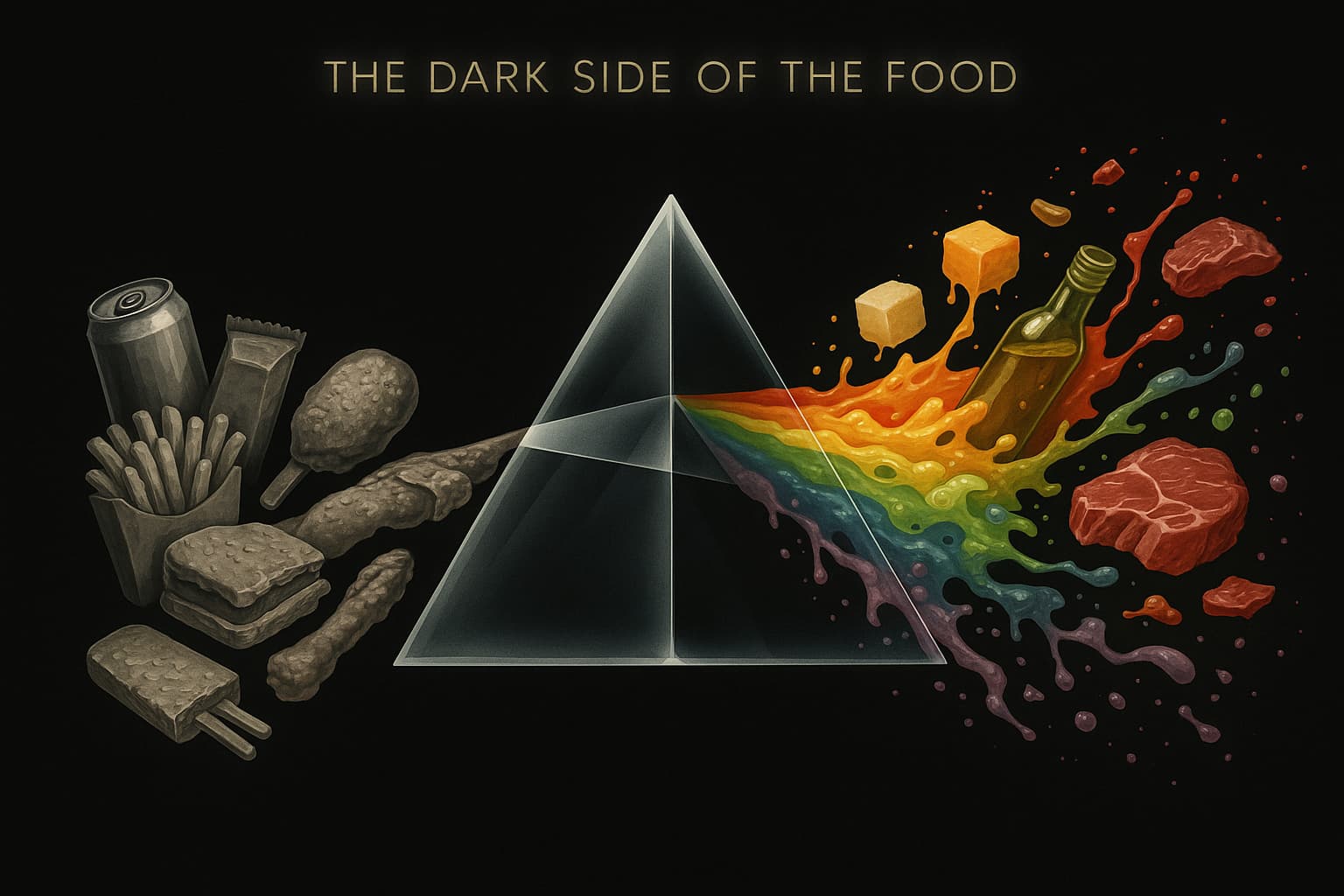
What if your dinner could act like a drug? Every bite of vegetables, every sip of green tea, and every splash of olive oil is far more than flavor. These foods carry chemical signals that flow through your body. Some turn on repair crews that fix DNA damage. Others trigger cleaning programs that sweep out cellular junk. A few even whisper to your mitochondria, deciding how much energy you will feel today and how quickly your body will age tomorrow. This is the hidden power of the longevity diet.
Scientists call this emerging field Lifespan Nutrition, and it is transforming how we think about aging. Food is not just fuel. The right diet for longevity can calm inflammation, shield your DNA, and switch on pathways that extend healthspan. The wrong foods, however, can act like accelerators, quietly speeding up the hallmarks of aging every time you eat them.
The beauty of this discovery is that you do not need futuristic technology to change your fate. Around the world, cultures that naturally follow anti-aging diets are already showing us what is possible. In Okinawa, elders thrive into their nineties with diets built on vegetables, tofu, and purple sweet potatoes. In the Mediterranean, families gather around tables filled with beans, fish, nuts, and olive oil, and enjoy longer lives with fewer chronic diseases. These traditions are living proof of foods for longevity in action.
The message could not be more powerful. Every meal is a fork in the road. It can either speed up aging or slow it down. The longevity diet is already on your plate. The only question is how intentionally you will use it to unlock more years of life and more life in your years.
Food is chemistry, but inside your body it becomes destiny. Each meal reaches far beyond your stomach. It speaks directly to the circuits that decide how quickly you age. This is why the longevity diet is more than advice about healthy eating. It is molecular biology served on your plate.
At the heart of Lifespan Nutrition are nutrient-sensing pathways. These act like control panels that respond to what you eat. One of the most important is mTOR, the body’s growth accelerator. When protein and sugar are high, mTOR tells cells to grow and divide. Growth is valuable when you are young, but in adulthood constant stimulation leads to faster aging and higher risk of disease. Reducing this pressure through a balanced diet for longevity or fasting allows cells to switch into repair mode.
Another crucial player is insulin. Every time you eat sugar or refined carbohydrates, insulin rises to move glucose into cells. Occasional spikes are normal, but when insulin is elevated too often, the body becomes resistant to its signals. This state, called insulin resistance, creates a storm of inflammation and metabolic stress that accelerates aging. Limiting sugar and choosing slow-digesting foods is one of the simplest ways to protect longevity.
Alongside insulin is AMPK, the master energy sensor. When energy is low, AMPK turns on and pushes cells to burn fat, recycle damaged components, and restore balance. Diets that include fasting periods or lower sugar intake help keep AMPK active, which supports long-term health.
Finally, there are the sirtuins, sometimes described as guardians of the genome. These enzymes repair DNA, improve mitochondrial performance, and quiet harmful inflammation. They are activated by compounds in many foods for longevity, such as green tea, blueberries, and even small amounts of red wine.
All of these pathways reveal the same truth. Food is never neutral. Every meal tips the balance toward either damage or renewal. Researchers studying the longevity diet now see it as one of the strongest tools we have to slow the hallmarks of aging at their source.
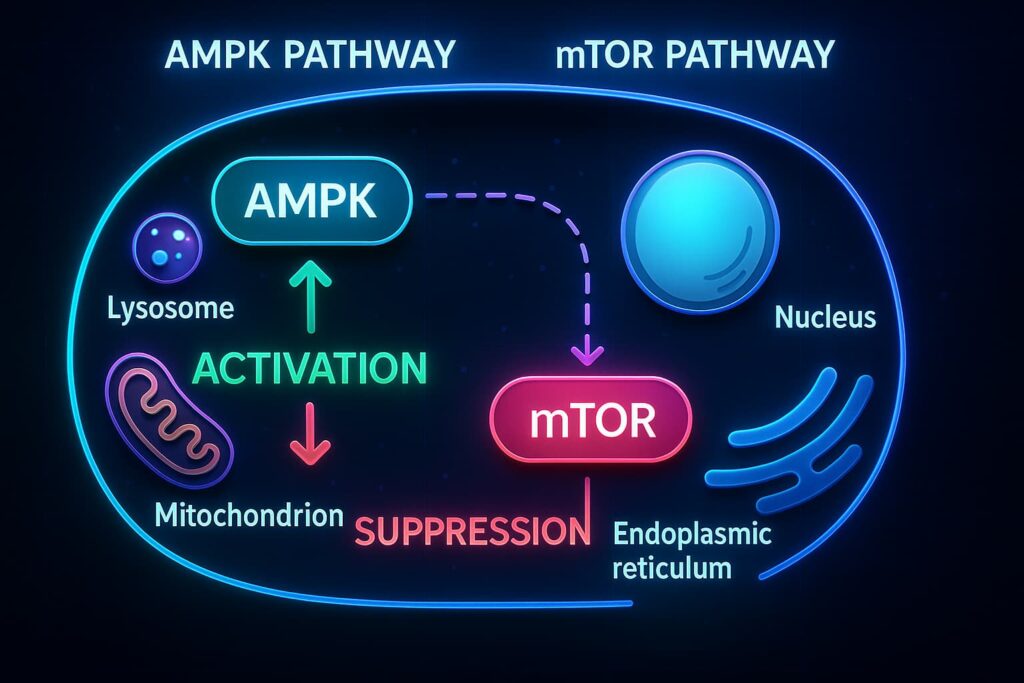
When scientists study the longest-lived people in the world, the patterns are striking. A longevity diet is not about chasing the newest trend or cutting out entire food groups. It is about eating in ways that feed the body’s repair systems while keeping the drivers of aging under control. This is the foundation of what experts call Lifespan Nutrition.
Here are the principles that consistently show up across cultures and research:
1. Plants at the Center
Vegetables, legumes, fruits, nuts, and whole grains are the backbone of most anti-aging diets. They fuel the gut microbiome with fiber, protect DNA with antioxidants, and deliver phytonutrients that cool inflammation. Every colorful bite is a message to your cells to slow aging rather than accelerate it.
2. The Right Kind of Fats
Olive oil, avocados, nuts, and omega-3 rich fish appear again and again in traditional diets for longevity. These fats stabilize the heart, sharpen the brain, and keep cell membranes youthful and resilient. They are not just fuel. They are structural components that influence how cells function every day.
3. Balanced Protein
Protein is vital for muscles and repair, but too much animal protein overstimulates growth pathways like mTOR. The secret is balance. Many foods for longevity, such as beans and lentils, supply protein wrapped with fiber and protective compounds that favor repair instead of wear.
4. Less Sugar, More Stability
Blood sugar spikes push insulin higher and put cells under stress. Over time this accelerates inflammation, weight gain, and aging. A strong longevity diet avoids refined sugars and instead emphasizes steady, natural energy from whole foods. Protecting insulin balance is one of the simplest ways to protect longevity.
5. Timing Matters
It is not only what you eat, but when. Eating in a consistent window, aligning meals with your circadian rhythm, or practicing short fasting periods gives your cells a chance to rest, recycle, and restore. Even meal timing has become part of the science of anti-aging diets.
Taken together, these principles show that a longevity diet is not complicated. It is about stacking daily choices so your biology spends more time in repair mode and less time in breakdown mode.
A theory only matters if it can land on your plate. The beauty of Lifespan Nutrition is that it translates into foods that are simple, familiar, and deeply satisfying. You do not need exotic powders or miracle berries. The real diet for longevity comes from everyday ingredients that have been protecting human health for centuries.
1. Olive Oil and Nuts
Golden olive oil and handfuls of nuts are two of the most studied foods for longevity. Extra virgin olive oil shields blood vessels and nourishes the brain, while almonds, walnuts, and hazelnuts provide minerals, antioxidants, and healthy fats that stabilize cholesterol and reduce inflammation. Together, they are the cornerstones of the Mediterranean longevity diet.
2. Legumes
Beans, lentils, and chickpeas are quiet powerhouses in many anti-aging diets. Rich in fiber, they feed the gut microbiome, stabilize blood sugar, and deliver protein without overstimulating growth pathways like mTOR. Populations that eat legumes daily consistently live longer, healthier lives.
3. Colorful Vegetables and Fruits
From dark leafy greens to blueberries and pomegranates, colorful plants are the DNA shield of the natural world. Their antioxidants and polyphenols help cells cope with stress, slow inflammation, and protect genetic material. A rainbow of produce is at the heart of every true longevity diet.
4. Fermented Foods
Yogurt, kefir, kimchi, and sauerkraut bring billions of living bacteria that nurture the gut microbiome. A balanced microbiome reduces inflammation, strengthens immunity, and even influences mood. These foods may be quiet in flavor but they are loud in longevity impact.
5. Fish and Omega-3s
Fatty fish such as salmon and sardines supply omega-3 fatty acids that keep the heart beating strong and the brain sharp. They are anti-inflammatory allies found in many of the world’s longest-lived communities and are central to traditional diets for longevity.
6. Green Tea and Coffee
Beyond comfort and ritual, these drinks carry polyphenols that activate AMPK and sirtuins, two powerful longevity pathways. A cup of green tea or coffee is not only a morning ritual but also a biochemical ally in slowing aging.
On their own, none of these are magic bullets. But when woven together, they form the backbone of Lifespan Nutrition. These foods for longevity help shift your biology into repair mode, giving your cells more time to heal and less time to break down.
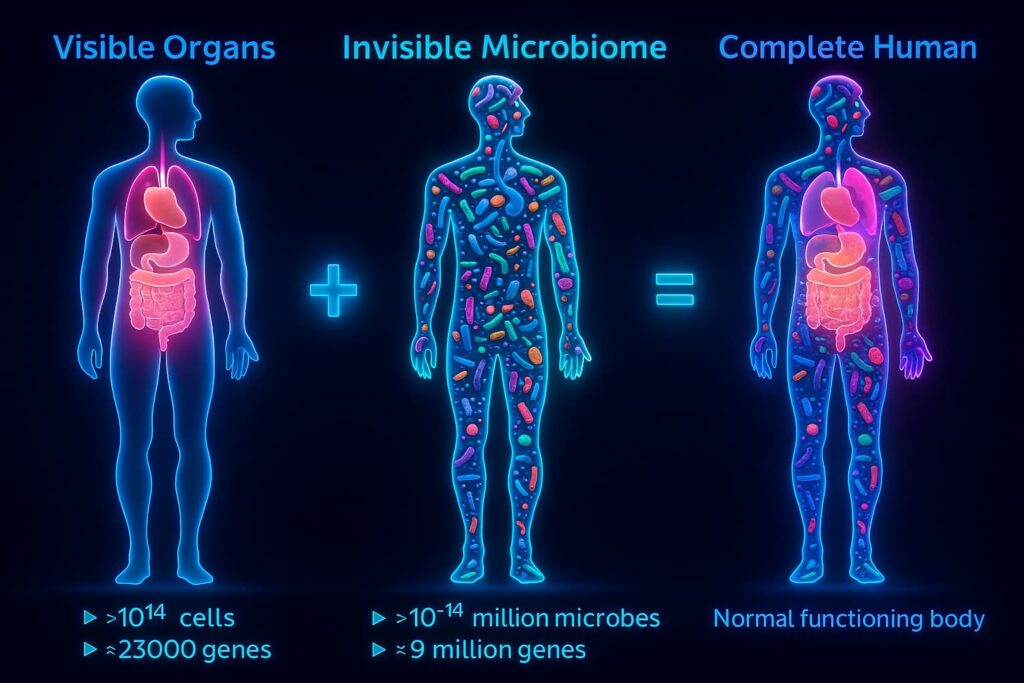
Not all food is created equal. Just as the longevity diet can extend healthspan, the wrong choices can quietly push your biology toward faster aging. Scientists studying Lifespan Nutrition have shown that certain eating patterns accelerate inflammation, damage DNA, and disrupt metabolism. In other words, food can become fuel for disease.
1. Excess Sugar and Refined Carbs
Every spike in sugar drives up insulin. Over time, frequent insulin surges create resistance, leaving cells less responsive. This state is linked to chronic inflammation, weight gain, and metabolic disorders that shorten lifespan. A diet heavy in refined sugar is the opposite of a diet for longevity.
2. Processed Oils and Trans Fats
Industrial oils and trans fats promote oxidative stress and inflame blood vessels. They are stripped of protective compounds and often act as molecular irritants inside the body. Unlike the protective fats in foods for longevity such as olive oil or nuts, these fats accelerate wear and tear.
3. Too Much Animal Protein
While protein is essential, diets overloaded with animal protein overstimulate mTOR and IGF-1 pathways, signaling cells to grow at the expense of repair. This can speed up aging and raise the risk of cancer and metabolic disease. A balanced anti-aging diet favors moderation and plant sources.
4. Chronic Overeating
Even the healthiest foods lose their benefits when eaten in excess. Constant snacking and oversized portions keep insulin high and prevent repair pathways like AMPK and autophagy from switching on. Long-lived cultures consistently practice moderation, a forgotten element of the longevity diet.
5. Highly Processed Foods
Additives, preservatives, and ultra-processed meals disrupt the gut microbiome and weaken the immune system. Instead of supporting resilience, these foods fuel imbalance and decline, erasing the benefits of Lifespan Nutrition.
The lesson is simple. Every meal moves you in one of two directions: toward repair and renewal, or toward stress and decay. Choosing the principles of a diet for longevity is not just about adding years to your life. It is also about avoiding the silent traps that age the body from the inside out.
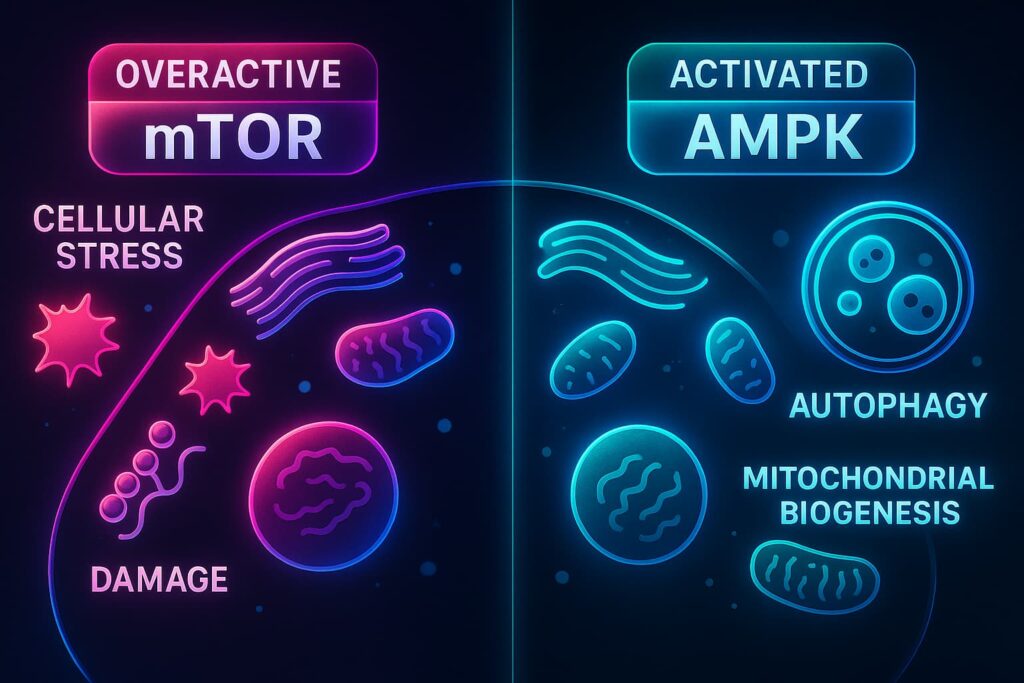
When scientists search for the secrets of long life, they do not start in test tubes. They begin with people. By studying real communities where age seems to slow down, researchers have uncovered patterns that shape the science of Lifespan Nutrition. The results are consistent. Certain anti-aging diets protect against disease, preserve energy, and extend healthspan. They are not identical, but they share principles that make them powerful models for the longevity diet.
1. The Mediterranean Diet
This is the most famous diet for longevity, and for good reason. Built around olive oil, legumes, vegetables, fish, nuts, and modest amounts of wine, it is as delicious as it is protective. Decades of studies show that it lowers the risk of heart disease, dementia, and diabetes while extending lifespan. The Mediterranean table is one of the clearest examples of a practical and enjoyable longevity diet.
2. The Okinawan Tradition
On the Japanese island of Okinawa, elders often remain vibrant well into their nineties. Their meals center on vegetables, tofu, seaweed, and the striking purple sweet potato. They also follow “hara hachi bu,” a cultural practice of stopping at 80 percent full. This natural form of calorie moderation lowers stress on the body without deprivation. The Okinawan tradition remains one of the most vivid cultural examples of foods for longevity.
3. Caloric Restriction and Intermittent Fasting
In laboratory studies, animals on reduced-calorie diets live longer and stay healthier. For humans, strict restriction is difficult, but intermittent fasting and time-restricted eating activate many of the same repair pathways. These patterns lower mTOR activity, activate AMPK, and enhance autophagy. They also influence enzymes such as acetylhydrolase, which helps break down inflammatory signaling molecules in the blood. By calming inflammation and protecting tissues, acetylhydrolase may be one of the hidden links between fasting, lower calorie intake, and slower aging. In other words, fasting strategies do more than reduce calories. They flip the body from constant growth into cycles of renewal, which is why they are now seen as modern anti-aging diets.
4. The Longevity Diet Framework
Developed by Dr. Valter Longo, this modern model combines lessons from Blue Zones with cutting-edge biology. It emphasizes plant-based foods, limited but sufficient protein, healthy fats, and cycles of fasting. Unlike weight-loss fads, the focus here is not short-term results but slowing the molecular drivers of aging itself.
What unites all of these approaches is the way they influence biology. By lowering chronic inflammation, stabilizing metabolism, and protecting DNA, they show that the longevity diet is not abstract theory. It is a living experiment, tested in research labs and proven in the daily lives of people around the world.

The science of Lifespan Nutrition is fascinating, but the real magic begins when it lands on your plate. A true diet for longevity is not built on strict rules or fleeting fads. It is built on simple, consistent choices that quietly shape your biology every single day. Here is how to bring the principles of the longevity diet to life, while also connecting food with the other habits that slow aging.
1. Fill Half Your Plate with Plants
Vegetables, legumes, and fruits are the anchors of most anti-aging diets. A rainbow of colors means a rainbow of antioxidants and phytonutrients, each one sending protective signals to your cells. Plants also deliver fiber that keeps your gut microbiome healthy, a key part of long-term resilience.
2. Choose Healthy Fats Over Processed Oils
Olive oil, avocados, nuts, and seeds deliver fats that nourish the heart and brain. Make them a daily habit, and replace refined or fried oils with these protective staples of foods for longevity. Combined with regular physical activity, healthy fats protect your circulation and energy balance.
3. Balance Protein with Age in Mind
Protein builds strength, but too much animal protein overstimulates pathways like mTOR. Younger bodies can handle more, but with age, moderation matters. Beans, lentils, and other plant proteins offer a steady supply that supports repair instead of wear. Pairing balanced protein with regular exercise helps preserve muscle while keeping growth pathways in check.
4. Keep Sugar Low and Natural
Spikes in blood sugar accelerate inflammation and insulin resistance, both of which push aging forward. A strong longevity diet keeps refined sugar to a minimum and favors steady energy from whole foods and natural sweetness. Stable insulin not only protects against diabetes but also improves sleep quality and reduces stress on the body.
5. Experiment with Timing and Eating Less
Food is not only about what you eat, but when and how much. Eating within a consistent 10–12 hour window, leaving longer gaps overnight, or practicing occasional fasting gives your cells a chance to rest and repair. Many long-lived cultures naturally eat less overall, a habit that lowers insulin, activates AMPK, and extends healthspan.
6. Eat with Joy, Not Fear
In every long-lived culture, meals are shared with family and friends. Food is celebrated, not counted. A sustainable diet for longevity is one that brings pleasure, balance, and connection. Joy at the table pairs with other longevity habits such as movement, restful sleep, and stress reduction. Together, they create a lifestyle where aging slows down from every angle.
When we talk about extending lifespan, it is easy to picture futuristic medicine or advanced therapies. Yet one of the most powerful tools has been with us all along. The longevity diet is not a passing trend but a way of eating that strengthens repair systems, balances energy, and slows the biological clock.
Through the lens of Lifespan Nutrition, every bite becomes a decision that influences aging at its core. Choosing vegetables over processed snacks, olive oil over refined oils, beans over heavy meat, or tea over sugary drinks may feel small in the moment. Over years, these decisions add up. They protect DNA, stabilize insulin, calm inflammation, fuel mitochondria, and nurture the gut microbiome. In other words, they directly target many of the hallmarks of aging.
Cultures that have embraced anti-aging diets, from Okinawa to the Mediterranean, show us what is possible: long lives paired with vitality, clarity, and joy. Their traditions remind us that a true diet for longevity is not only about extending years but also about improving the quality of those years.
Food is the foundation, but it is not the whole story. Supplements that complement nutrition, such as omega-3s, polyphenols, or NAD+ precursors, may provide an extra edge in supporting healthy aging. Combined with movement, restorative sleep, and stress reduction, they create a lifestyle where aging slows from every angle.
So the next time you prepare a meal, remember this. Your kitchen is a laboratory, your food is your daily medicine, and every ingredient is part of the experiment. By filling your plate with foods for longevity, you are not only satisfying hunger. You are investing in more years of life and more life in your years.